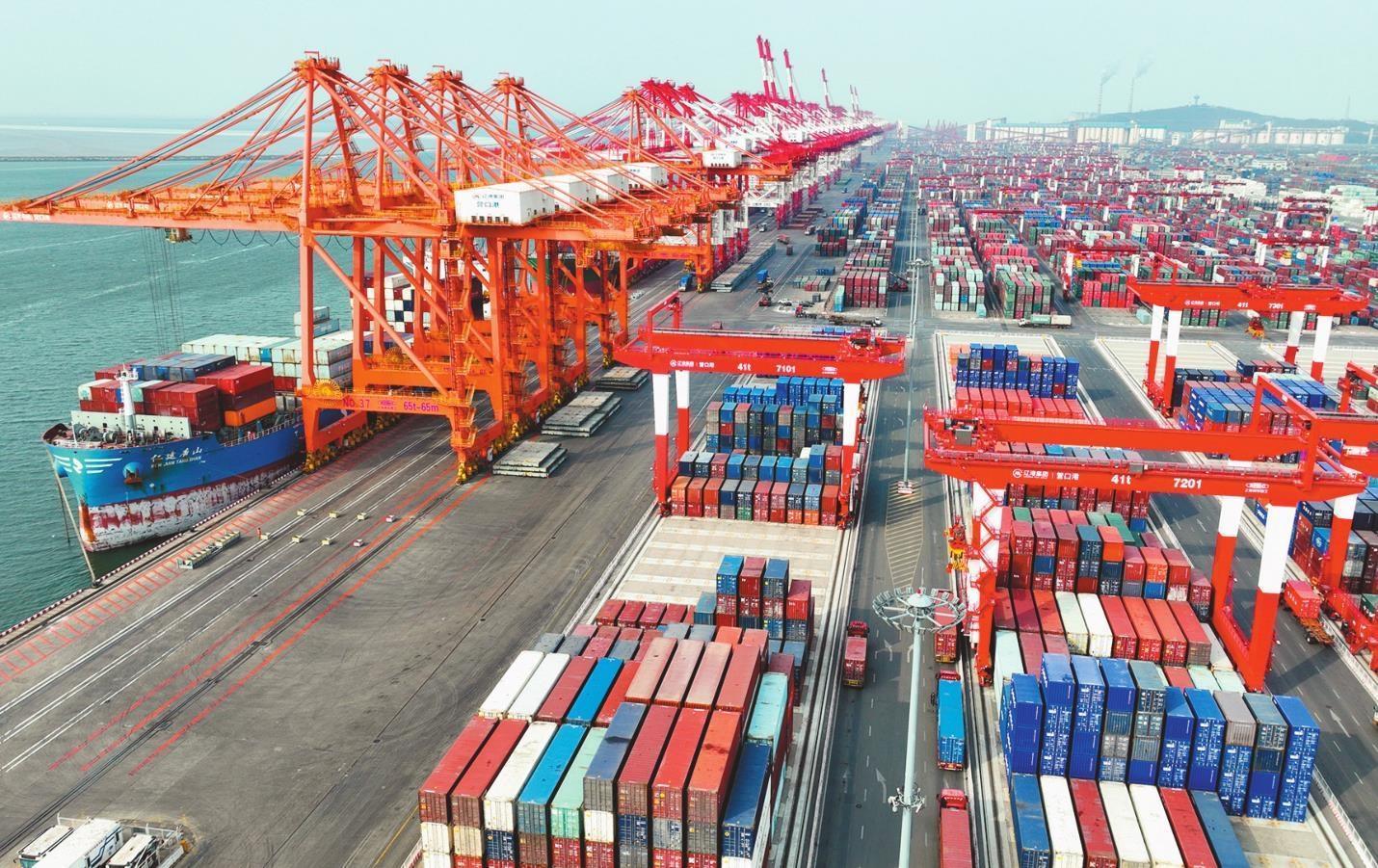Nordic international shipping ports will significantly reduce carbon emissions

Four Nordic ports are preparing to significantly reduce the emissions of container ships docked at their ports.
The EU Connect Europe Fund has jointly provided $20 million in funding for the "EU. OPS. Network" project, and Aarhus, Gothenburg, Bremen, and Stockholm ports will introduce onshore power supply (OPS) for container ships by 2030.
In addition, this measure not only has enormous potential to reduce carbon dioxide emissions, but also to reduce other pollutants such as nitrogen oxides typically emitted by container ships anchored.
In addition, this project is a positive response to the upcoming EU regulation that will come into effect in 2030, which will require ships of over 5000 gross tons to use onshore electricity when anchored.
We are pleased that the European Commission and the CEF Commission have recognized our ambitious green transformation. As some of the most important ports in Northern Europe, it is great that we can collaborate to reduce the climate footprint of the shipping industry, which is a global challenge we face together. The OPS of container ships is a crucial part for all relevant ports, "commented Anne Zachariassen, Chief Operating Officer and Project Coordinator of Aarhus Port in Denmark.
Through OPS, container ships will shift from diesel powered onboard generators to grid power, reducing their impact on the climate, improving local air quality, and enhancing working conditions in port areas.
Each participating port will utilize funds based on its unique needs, but all ports are committed to reducing the impact of docked vessels on the environment through the implementation of OPS.
Gothenburg Port in Sweden is a major participant in the project, with the goal of reducing carbon dioxide emissions within its port area by 70% by 2030, and OPS is a key component in achieving this goal.
Gothenburg Port has installed OPS at its roll on/roll off ship, roll on/roll off ship, and tanker energy terminals. By extending this to container ships, the port is expected to reduce at least 5600 tons of carbon dioxide emissions annually.
Through this project, Gothenburg Port will be able to build a high-voltage substation at the container terminal, which is an important component of the infrastructure required to provide OPS for container ships. This is an investment of approximately $21 million, with nearly half of the funding coming from the project, "said Julia Christensson, Gothenburg Port Grants Manager.
